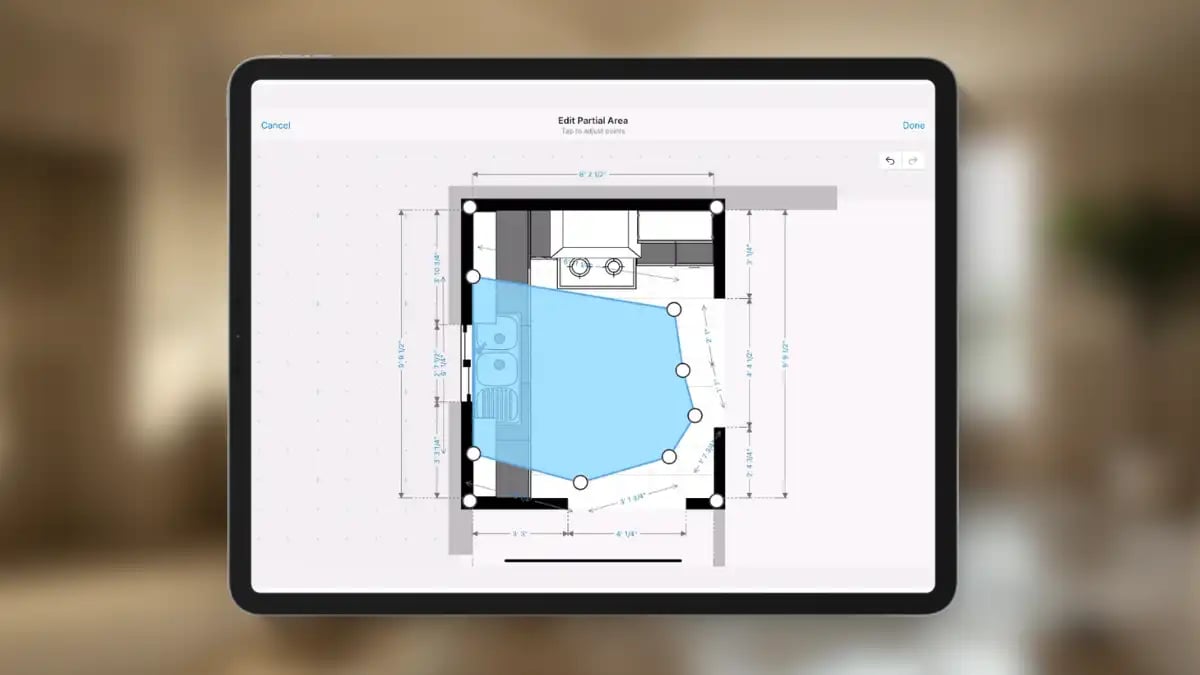featured
/Restoration
Why Restoration Jobs Lose Margin — and How to Plug the Leaks

If you’re like many other restoration business owners or managers, you’ve likely felt the squeeze: More projects may be coming in, but profits seem to slip away faster than ever. It’s a frustrating reality for today’s restoration contractors, caught between high expectations, tight compliance requirements, and operational pressures that threaten to erode margins job by job. But why exactly do damaging margin leaks happen — and how can you stop them? Below, we break down the pitfalls for you: both external pressures and internal problems. And then we present a sensible three-step strategy you can use to protect your bottom line.
Why Are Margins Shrinking in Restoration Jobs?
The path from estimate to completed restoration job is now more complicated and more margin-draining than ever before. Based on real-world insights from restoration experts, here are some of the biggest external and internal reasons why your company’s profit margins may be trickling away:
External Pressures (out of your control):
- The hidden cost of Third Party Restoration (TPA) fees: These days, if you want a reliable source of new work, your company is almost required to be a part of restoration TPA programs. While these offer a reliable pipeline of claims, they also take a substantial cut from every project your business receives. Some TPAs charge fees up to 10% per job. For example, if you win a $100,000 job through a TPA, you’re already down $10,000 before you even set foot on site. When compounded across dozens of projects, these fees represent a silent but significant drain on your margins.
- More scrutiny, which causes questions and rejections: Insurers have tightened scrutiny on nearly every insurance claim estimate, often employing adjusters who lack real field experience. These adjusters are trained to police program requirements first, and rarely understand the nuances of restoration work. This disconnect means line items for needed repairs can get rejected simply because they don’t fit the carrier’s guidelines, even if those guidelines don’t reflect real jobsite needs. Also, AI now compounds the challenge, flagging more “anomalies” that previously went unnoticed, further chipping away at your submitted estimates.
- Inflationary pressures: As material and labor costs continue to increase, margins become more difficult to maintain. For example, fluctuations in prices for key materials (such as lumber, copper, or cleaning supplies) can quickly erode margins, especially on longer projects when costs may increase after bids are accepted. Plus, hourly wage increases and unexpected overtime costs can drive up expenses and, inversely, decrease margins.

Internal Problems (within your control):
- Ineffective documentation workflow: A common thread in margin loss is weak documentation. Estimates must be supported by clear, thorough documentation that explains the severity of damage at a jobsite and what it’s going to take to restore affected areas to their pre-loss condition. But if your field techs’ documentation doesn’t do that, your company loses time, risks rework, or has to eat costs.
- Inefficient estimating workflow: For many contractors, the estimating process involves a lot of back-and-forth discussions to gather needed information and clarification, plus a lot of manual data entries that can eat up time and increase human errors.
- Inadequate communication workflow: Operational challenges on the jobsite drive additional margin loss. Delays caused by unclear instructions, wasted labor waiting for decisions, under-utilized or rented equipment sitting idle, and lack of coordination between teams all add up. Every wasted hour is a hit to your net profitability, and often, it’s a direct outcome of miscommunication between the field, the office, and the insurance carrier.
How to Plug the Leaks: A Three-Step Strategy for Correcting Internal Problems Affecting Margins
While external pressures are out of your control, you CAN take control of the internal workflow problems described above. So, we have a solid and practical action plan ready for you to execute. Simply follow the three steps outlined below.
STEP 1. Master the Documentation Workflow
These days, adjusters want to receive visual proof and a compelling “story” before they are willing to approve a restoration estimate. That means field techs must gather plentiful, detailed and convincing project documentation. The best way to help your field techs do that is to equip them with a modern-day mobile app such as magicplan. In fact, the popular magicplan platform allows them to easily do all of the following:
- Produce real-time floor plans: The app’s technology will detect room dimensions accurately and produce a professional sketch instantly. Plus, notations can be added quicky and easily.
- Capture detailed visual documentation: Field techs can collect photos, panoramas and videos (individually timestamped, labeled, and linked to a room in the floor plan) making it easier to prove damage and justify work. These visuals help paint a clear picture for adjusters who don’t have field experience, essentially educating them in order to reduce misunderstandings, disputes, and rejections.
- Gather consistent data: The use of standardized forms and checklists will ensure that field techs capture important data. This reduces the risk of overlooking important information, to pave a cleaner path to estimate approval.
- Document field conditions as those evolve: Once a project gets underway, crews can document progress as they work, so that nothing is missed or forgotten — and without the need for extra administrative time that cuts into margins.

STEP 2. Streamline the Estimating Workflow
The magicplan app is useful for this step as well. It allows field techs to export job-site documentation directly and rapidly to Cotality or Xactimate estimate software. That means estimators using either claims estimating software program will be able to fast-track the estimating process. They will also be empowered to create estimates that are more detail-rich and fact-based, essentially making a strong case for each line item to be covered.
STEP 3. Improve the Communication Workflow
During the project planning and execution stages, multiple company employees may be need to collaborate. Using a good app for this purpose can very effective. For example, the magicplan app can be used by restoration team members to easily share project documentation, request feedback and respond to comments. These capabilities allow them to work together efficiently and effectively, even if they are spread across different locations.
Conclusion
The challenge is real: Your company operates in a landscape where restoration business profit margin is under constant threat by external factors. But by focusing attention on internal workflows that you CAN control — and by using a professional app to execute the three-step strategy outlined in this article — you’ll be much better able to preserve your company’s margins.
KEEP READING:
Discover tips for how to grow a restoration business
Related articles

Benjamin Brown
Sales Consulting Manager

